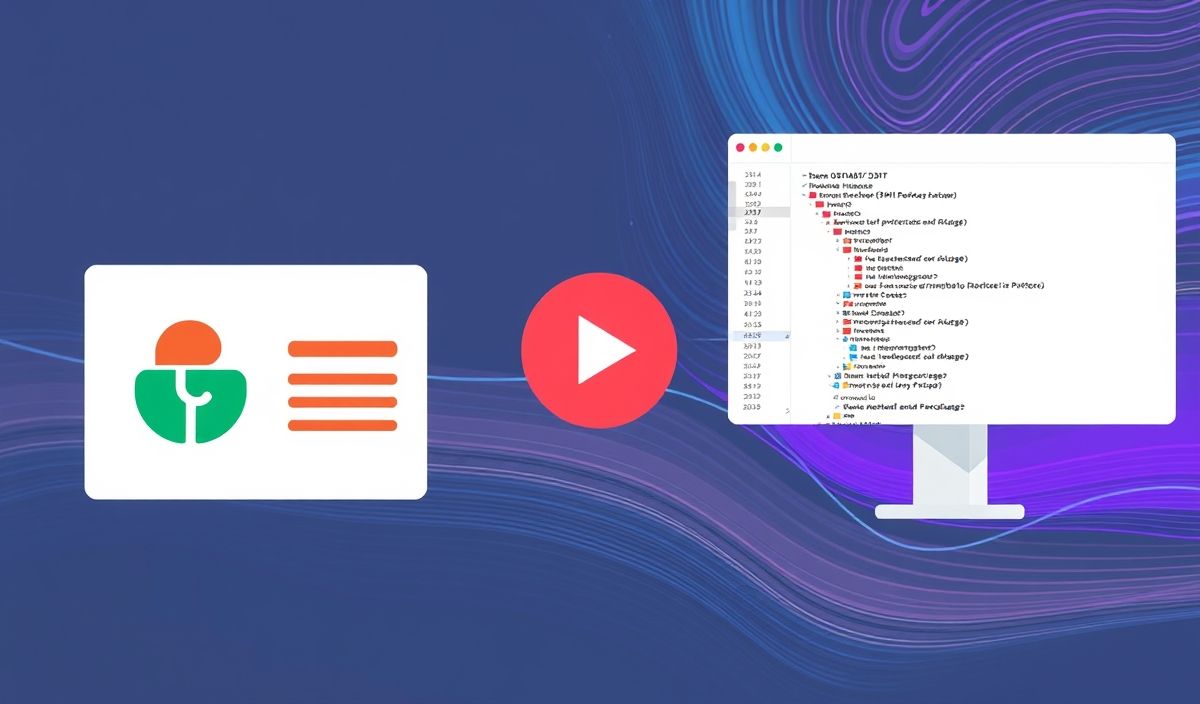Introduction to WebTorrent
WebTorrent is an innovative streaming torrent client for the web. It downloads torrents directly inside your web browser and allows you to share files peer-to-peer in a decentralized manner. WebTorrent can be used to stream videos, audios, and many other types of content instantly, without waiting for the entire file to download. Built using JavaScript, WebTorrent brings the full power of Bittorrent to the web.
Getting Started with WebTorrent
To begin using WebTorrent, include the WebTorrent library in your project:
<script src="https://cdn.jsdelivr.net/npm/webtorrent/dist/webtorrent.min.js"></script>
Initializing a WebTorrent Client
const client = new WebTorrent();
Adding a Torrent to the Client
To add a torrent to the client, you can use a magnet URI or a torrent file:
const magnetURI = 'magnet:?xt=urn:btih:...';
client.add(magnetURI, (torrent) => {
console.log('Torrent info hash:', torrent.infoHash);
});
Streaming Video using WebTorrent
WebTorrent can be used to stream videos directly in your HTML5 video element:
const video = document.querySelector('video');
client.add(magnetURI, (torrent) => {
const file = torrent.files.find(file => file.name.endsWith('.mp4'));
file.renderTo(video, { autoplay: true });
});
Downloading Files to Disk
WebTorrent allows you to download files directly to your local filesystem:
const magnetURI = 'magnet:?xt=urn:btih:...';
client.add(magnetURI, (torrent) => {
torrent.files.forEach(file => {
file.getBuffer((err, buffer) => {
if (err) throw err;
console.log('Downloaded file:', file.name);
});
});
});
Seeding Files
To share files using WebTorrent, you can seed files from your local filesystem:
const fileInput = document.querySelector('input[type="file"]');
fileInput.addEventListener('change', () => {
const files = fileInput.files;
client.seed(files, (torrent) => {
console.log('Client is seeding:', torrent.infoHash);
});
});
Handling Events
WebTorrent provides various events that help monitor and manage torrents:
client.on('error', (err) => {
console.error('Error:', err.message);
});
client.on('torrent', (torrent) => {
console.log('New torrent added:', torrent.infoHash);
});
Example App using WebTorrent APIs
Below is a simple example application demonstrating the use of WebTorrent APIs to create a browser-based streaming video player:
<!DOCTYPE html>
<html>
<head>
<title>WebTorrent Video Player</title>
<script src="https://cdn.jsdelivr.net/npm/webtorrent/dist/webtorrent.min.js"></script>
</head>
<body>
<h1>WebTorrent Video Player</h1>
<input type="file" id="file-input" multiple />
<video id="video-element" controls></video>
<script>
const client = new WebTorrent();
const fileInput = document.getElementById('file-input');
const videoElement = document.getElementById('video-element');
fileInput.addEventListener('change', (event) => {
const files = event.target.files;
client.seed(files, (torrent) => {
console.log('Client is seeding:', torrent.infoHash);
});
});
const magnetURI = 'magnet:?xt=urn:btih:...';
client.add(magnetURI, (torrent) => {
const file = torrent.files.find(file => file.name.endsWith('.mp4'));
file.renderTo(videoElement, { autoplay: true });
});
</script>
</body>
</html>
Hash: c4306c27ef1d931642d3d6ff2b7929b218e7242eabe87185e57de8f5d8ec00e3




